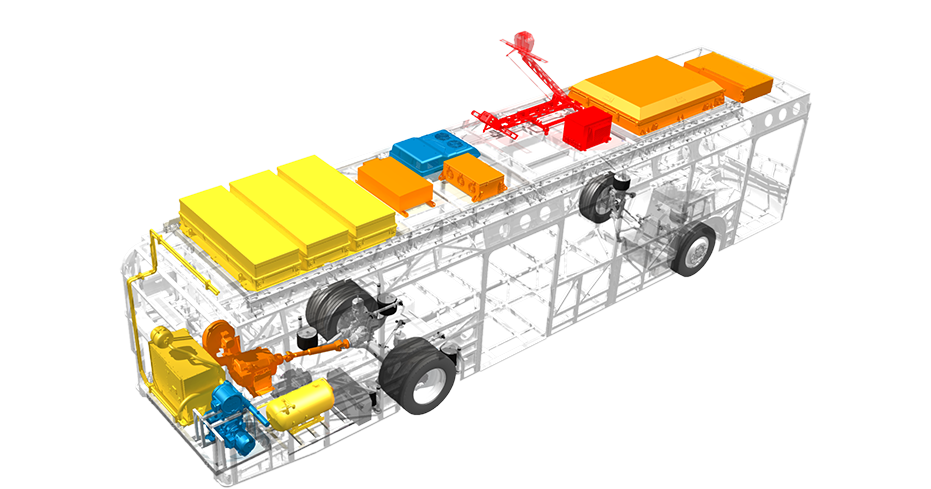Specification and Feasibility

The Fraunhofer IVI carries out projects covering all aspects of systems integration, from simulation to demonstration and implementation to serial test runs.
With a broad overview of the current state of the art as well as future trends in the field of vehicle technologies, the feasibility of a project can be determined and the necessary expenditures can be estimated in a minimum of time.
The general process is as follows: The requirements made by customers, which are in most cases very specific, are transferred into functional descriptions. In the following step, the Fraunhofer IVI develops a detailed specification of the overall system as well as the resulting specifications for component suppliers, including the invitation of offers.